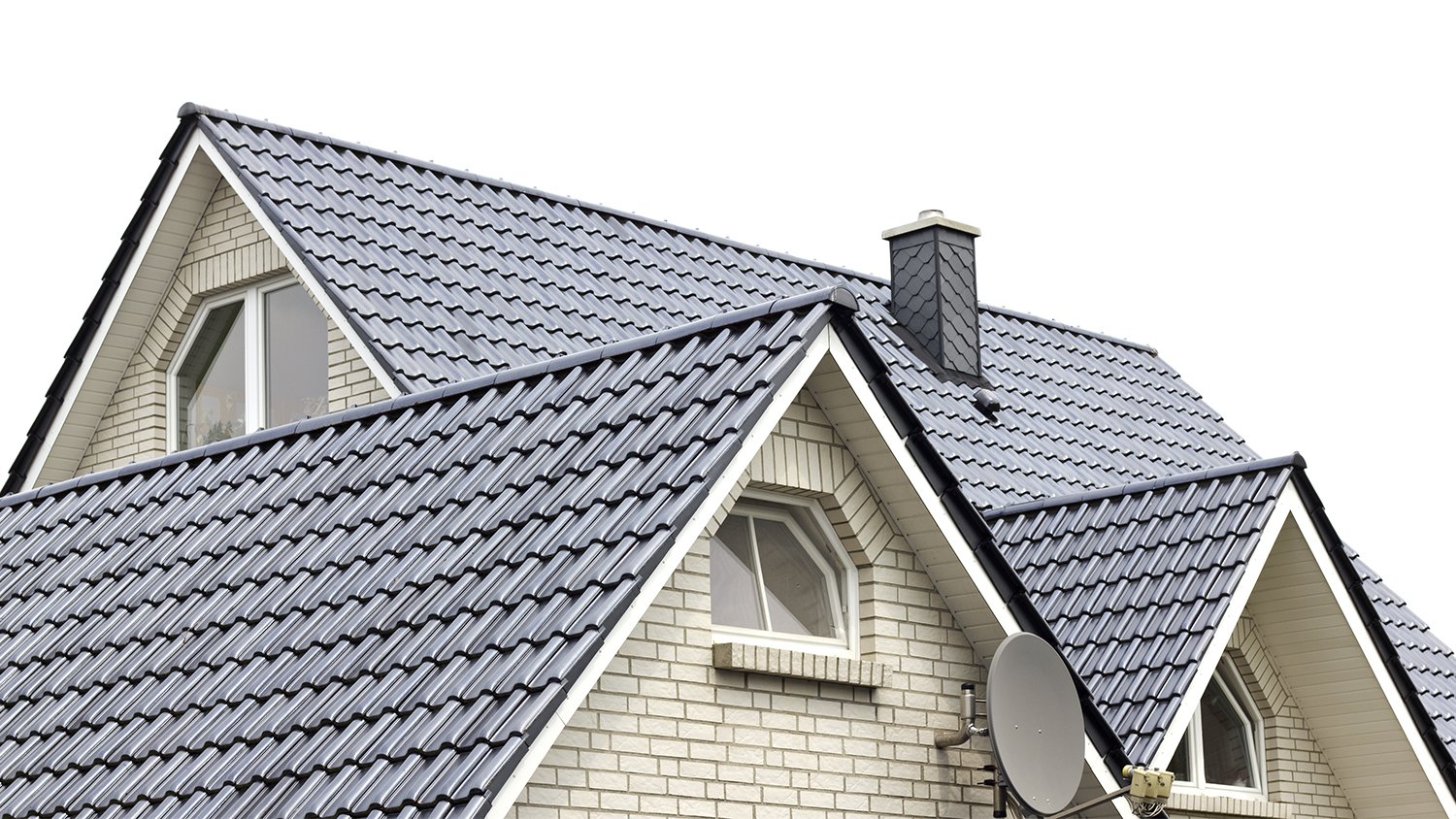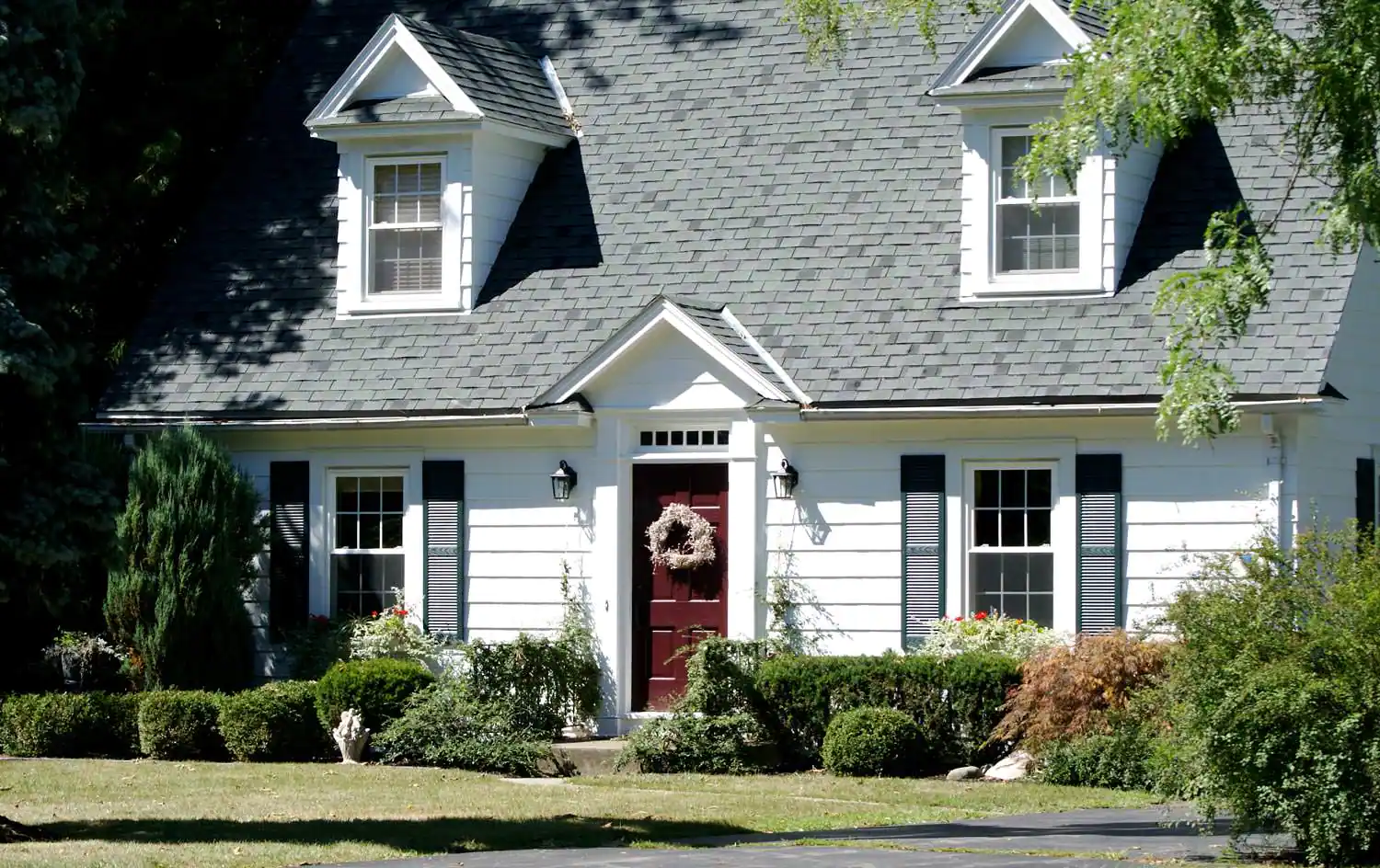7 Roof Financing Options to Consider
Replace your roof without breaking the bank


On average, a new roof costs $14,360.
Some financing options are tied to credit score—others require a house as collateral.
Financing options may include additional fees.
Consider your budget’s ability to make monthly loan payments.
A new roof can put a serious dent in your budget. If you don’t have the cash on hand to pay for a new roof outright, you’ll want to look into roof financing options. There are a few different ways to finance a new roof, and knowing more about each choice can help you make the right decision. Find out more about seven popular roof financing options and how to choose the best one for your budget.
Similar to other financial agreements, your roofing financial documents will include some or all of the following terms.

1. Personal Loan
Perhaps the most flexible type of financing, a personal loan allows you to use the cash for almost anything. The amount of cash you can get for a personal loan varies by lender, but typically, you can get amounts starting as low as $1,000.
Personal loans come with a monthly interest rate, which is influenced by credit score, as well as other factors. The loan will also have an origination fee. Personal loans are paid back through monthly payments, which include interest.
2. Home Equity Loan
A home equity loan is a secured loan, which often means lower interest rates and a simpler approval process; however, the secured loan means you are putting up your house as collateral. If you default on home equity loan payments, you could end up losing your home.
Home equity loans are dispensed in a lump sum and paid back monthly with interest. Home equity loans can have the potential of great interest rates but can take longer to hit your bank account relative to financing alternatives.
3. Home Equity Line of Credit (HELOC)
A home equity line of credit, or HELOC, is a revolving line of credit. Similar to a credit card, when you have a HELOC, the lender gives you a maximum amount to borrow. You can borrow up to that amount or less, depending on your needs. Once you pay the HELOC down, you can once again borrow against the limit. Unlike a credit card, you will need to put your home up as collateral.
4. Credit Card
Depending on your credit score and the speed at which you can pay it back, financing your new roof with a credit card might be the right call. In fact, if you have very good or excellent credit, you may even qualify for a 0% interest promotion, where you do not have to pay interest on the balance of your card for up to 18 months in some cases. If you can manage to pay down the balance of the card within the promotional period, it is essentially an interest-free loan.
5. Roofing Company Financing
When you hire a roofer to replace your roof, some contractors may offer their own form of financing. Typically, a roofing company will work with a third party to provide home improvement financing. Contractor financing will be tied to your credit history, just like a personal loan would be, not to the equity in your home like a HELOC.
Similar to unsecured loans, such as a personal loan, working with a roofing company to finance your project can mean variable APRs, origination fees, and more. This, however, can be a good option to pay your roofer for homeowners who may have a hard time getting financing somewhere else.
6. Cash-Out Refinance
A cash-out refinance means getting a larger home loan to pay off the existing mortgage and using the difference to finance the new roof. The cost of the new roof is rolled into the new mortgage, meaning one monthly payment, which spreads the cost of the new roof over the lifespan of the loan.
A cash-out refinance can be a good idea when interest rates are lower than the interest rate on your mortgage. However, a cash-out refinance can take a while to process, so it might not be the best option if you need to replace the roof urgently.
7. Government-Insured Loans
Based on age, income level, and the location of your property, you may qualify for a government-backed home repair or home improvement assistance program. This could be a HUD (U.S. Department of Housing and Urban Development) loan or a local loan, depending on where you live. These loans may offer lower-than-average interest rates, fewer fees, or more lenient qualifications regarding financial history.
How to Finance a New Roof
Ready for a new roof, but not sure where to start with your finances? Here is how to finance a new roof.
1. Get Estimates
You cannot get a loan until you know how much you need to borrow. Reach out to a few roofers to get estimates on the project, giving you a sense of how large the loan will need to be.
2. Consider Available Cash
With a rough budget in mind, check your expenses. Do you have any cash or savings free to cover a portion of this project? You could pay for a portion of the new roof upfront, cutting down on how much you have to borrow.
Determine how much flexibility you have in your budget to make monthly payments. Understanding how much you can afford in monthly payments may influence the type of financing you use for your loan.
3. Shop Around
Check out the different financing options available (more on that below), and if possible, go through the lender’s prequalification process. Prequalification is relatively simple and will not affect your credit score. Getting prequalified with lenders can give you a better idea of their loan offers and rates.
4. Apply
Once you choose the right new roof financing option, it is time to apply formally. You will probably need financial documents for this process, including, but not limited to, pay stubs, bank statements, mortgage statements, and more.
Should You Finance a Roof?

Even if you have some savings set aside to finance a new roof, you may still benefit from financing the project. However, there are some drawbacks to consider.
Pros of Financing a Roof
Collect interest: Even if you have extra cash in your savings account, you can still collect interest on your savings while the roof is rebuilt.
Improve credit: In some instances, taking out a loan can help your credit score.
Keep cash stashed: When you finance the cost of a new roof, you do not need all of the cash up front, which could delay the project or significantly impact the scope.
Cons of Financing a Roof
Over budget: Because you do not need the cash all at once, you might find yourself going over budget and paying for it in the long-term.
Another monthly payment: No matter what financing option you choose, you will need to start repaying the cost of the new roof at some point. Depending on how much flexibility you have in your monthly budget, tacking on another monthly payment could make expenses tight.
Fees and interest rates: Unlike paying cash upfront, financing a roof will typically come with fees and an interest rate. That means you will pay back more on the loan than its initial amount when all is said and done.
The Cost of Financing a New Roof
Nationally, the average homeowner can expect to pay around $14,360 in new roof replacement costs. Those costs will change significantly depending on where you live, the type of roof, and the roofing material. Certain higher-end materials—like slate, metal, or natural stone shingles, which can cost homeowners $32,000 to $50,000—increase the amount you will need to pay.
If left untreated, roof damage can lead to other issues over time, like mold and damage to other areas of the house and your belongings. So, do not delay a roof replacement due to concerns over cost, as these additional repairs could end up making it far more expensive in the long run.
Emma Diehl contributed to this piece.
Frequently Asked Questions
If you choose to get a personal loan to finance a roof, you will want to aim for a “good” or “excellent” credit score for the best rates. That means a credit score of 690 or more. If you aren’t sure of your credit score, you can request one free credit report per year from each of the three major credit bureaus: Equifax, Experian, and TransUnion.
Yes, you can get a mortgage on a house with a bad roof as long as your home insurance agrees to cover the property as is. Before being approved for a mortgage, your lender may not request an inspection, which will report the current condition of the roof, but in many cases, the insurance company will.
Yes, replacing the roof is always a good investment. Not only will it preserve the structural integrity of the home, but it can also add value at the time of sale. The average return on investment for a new roof is between 48% and 60%. Prospective buyers are also more likely to purchase a home with a recently replaced roof since that means they won’t need to worry about that expense in the near future.





- Roofers
- Metal Roofing
- Roof Repair
- Roof Inspection
- Vinyl Siding Repair Contractors
- Flat Roofing Companies
- Commercial Roofing
- Emergency Roofing Companies
- Leaky Roof Repair
- Metal Roof Repair
- Business Roof Repair
- Flat Roof Repair
- Tile Roof Repair
- Slate Roofers
- Rubber Roofers
- Roofing & Siding
- Metal Roof Installation
- Affordable Roofing
- Roof Sealing
- Attic Ventilation Contractors
- How to Finance Home Renovations: Explore Your Options
- How to Finance a Home Addition to Achieve Your Dream Remodel
- How Do Home Improvement Loans Work? Get All the Details
- What to Know About Using a Home Equity Loan For a Remodel
- 8 Must-Know Tips for First-Time Home Buyers
- How Do Construction-to-Permanent Loans Work?
- Can You Add Renovation Costs to Your Mortgage?
- Explore the Possibilities of Solar Panel Financing
- How Much House Can I Afford to Buy?
- 14 Things to Avoid Before Buying a House










